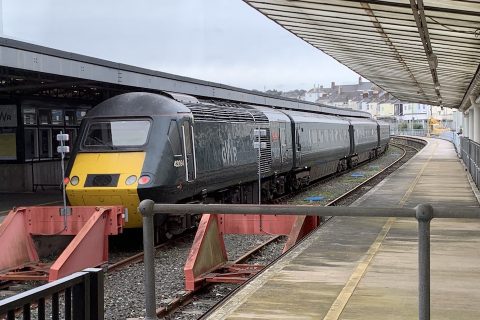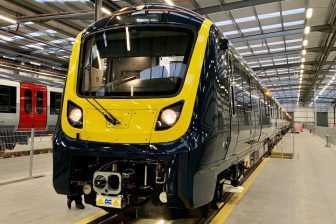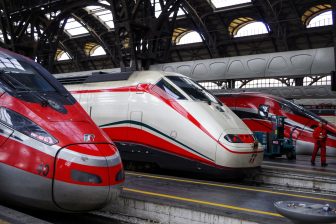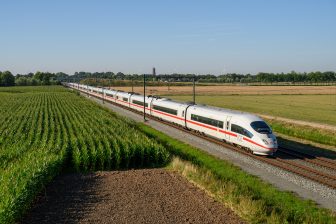
In the UK, the world’s fastest diesels live on
It may no longer be the frontline workhorse of intercity travel, but reports of the demise of the Iconic HST is greatly exaggerated. Ruling the rails has been passed to the next generation, and sets of the ground-breaking 1970s design have been sent abroad or to store. Nevertheless, the High Speed Train, still the fastest diesel in the world, is still offering a comfortable upgrade for passengers from Inverness to Penzance, and in daily service across much of the UK network.
Want to read more?
You have read all of your free premium articles for this month. Please become a subscriber to keep reading.
Subscribe now!
Take advantage of our exclusive offer to get full access to all premium content.




Not long before privatisation I arrived at the old Platform 1 at Reading to find an HST set instead of the usual DMU and yes, it called at all stations to Newbury including Reading West, Aldermaston and Newbury Racecourse!
The Paxman Valenta made a fantastic sound pulling hard out of a station. Sadly I don’t think the Valenta is fitted to the locomotives doing mainline work now, not the same.
The HST is likely the best train in the world. It is not the fastest diesel train though. This is a commonly held untruth. The fastest diesel train was built by the USSR in 1980.
The fact that the HST ( and the mark III coach) have been delivering the service they had been build for without being relegated to less prestigious duties for more then forty years is maybe unprecedented and a tribute to engineering skills of BREL.
Unfortunately the fact they still can do so because some of the IC lines they serve are still unwired shows how little has been invested into infrastructure and time lost . At least, we can still enjoy travelling on these fantastic trains!
I live by the closed paxmans works Colchester.fantastic engineered. I also live in valenta close. How’s that for a hst train
The 197 HST Power Cars were built at BREL (British Rail Engineering Ltd.) Crewe. The first of these left the Works in Spring 1976. I was one of two Chief Foreman that worked on that new build program (having previously been involved with the two prototype HSDT Power Cars).
There were approximately 200 staff that worked on the build the majority of whom were time served tradesman. We had a feeling of pride in working on building them but would never have believed how successful they became.
So, you are celebrating the fact that the UK supposidly operates the worlds fastest diesel trains, when all other operators on the entire planet have moved onto electric trains for high speed intercity travel. The article should point out the reality of the situation which is the archaic nature of the poorly managed UK rail network.